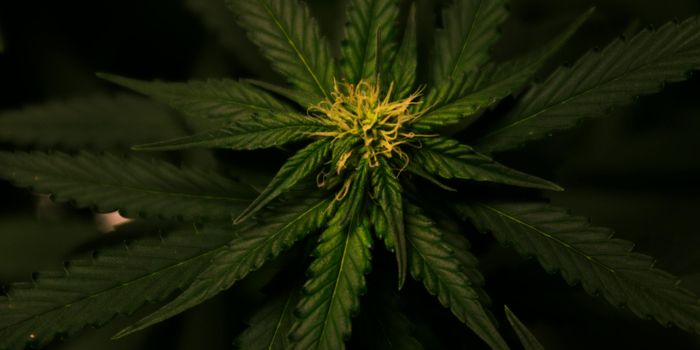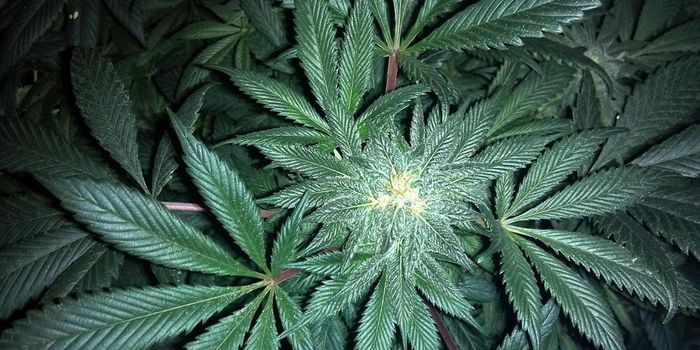Canada Looks at Teen Pot Use and the Brain
The question of whether or not to legalize marijuana is controversial, with experts weighing in on both sides of the issue. While it’s well known that pot use can alleviate the side effects of cancer therapy, improve glaucoma and help those with chronic pain, it’s still a battleground in some states on legalizing it. To varying degrees, 25 states as well as the District of Columbia have legalized medical marijuana, most with strict requirements for getting prescriptions for the drug and tight controls of the distribution and growing of the plants.

A problem arises when it’s teenagers that are using marijuana. The teenage brain is still developing and depending on the skill and the area of the brain, some neuroscientists say that the human brain is not fully mature until the early 20’s. Teens are naturally more likely to experiment with drug use, and weed is a common occurrence in their lives. In Canada, Parliament is poised to enact legislation to legalize pot nationwide by 2017 and the concern there is definitely on how to protect kids who are still developing neurologically.
A recent report from the Canadian Centre for Substance Abuse (CCSA) looked at the problem ahead of legislation so that when the laws do change, it doesn’t become a crisis for Canadian teens. According to a UNICEF report in 2015, Canadian teens have one of the highest rates of recreational pot use in the world. 25% of teens there reported using the drug in the year previous to the publication of the report. That’s compared to about 18% of teens in the United States
The CCSA report results show that high frequency use of pot is associated with a number of poor outcomes in teens. Specifically, the report cited that 27.4% of teenagers that used the drug, did so on a daily basis. It’s this kind of heavy use that is troubling to law makers and health professionals in Canada. The report states that teen use of pot, while the brain is still in the crucial stage of development is can result in poor academic performance, memory loss, reduced cogntion and the risk of addiction. A statement summarizing the report reads, “The human brain has an endocannabinoid system that responds to chemicals (cannabinoids) that are developed in the brain and that are similar to the psychoactive components of cannabis. The endocannabinoid system aids the extensive brain development that occurs during youth, regulating activity and communication in the brain and affecting memory, learning, coordination, appetite, pain, mood, pleasure and motivation. Consuming cannabis regularly during adolescence interferes with the function and development of this brain system.”
Brain scans done in studies of young pot users show more activity while completing complex tasks, indicating the brain has to work harder. In addition, actual tissue volume in the frontal area of the brain of regular users of marijuana is lower than non-users. It is this part of the brain that regulates reward processing, motivation, self-awareness and decision making, and that also has a large quantity of cannabinoid receptors.
Joy Johnson, vice-president of research at Simon Fraser University in Burnaby, B.C., and a health sciences professor who has studied why teens use marijuana told CBC News in Canada, that smart public health messages and education is key as the country moves toward legalization. “We all need to get educated about marijuana in a balanced way,” said Johnson. “I don't think it's saying it's harmless or harmful. It's about knowing the facts and being willing to have that conversation with teens in life." Check out the following video for more information about the study and how Canada will handle the question of legalization.
Sources: CBC, Canadian Centre for Substance Abuse, East Bay Express








